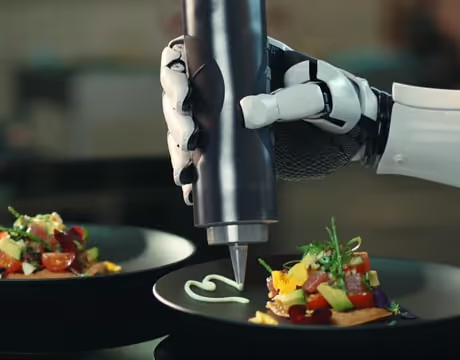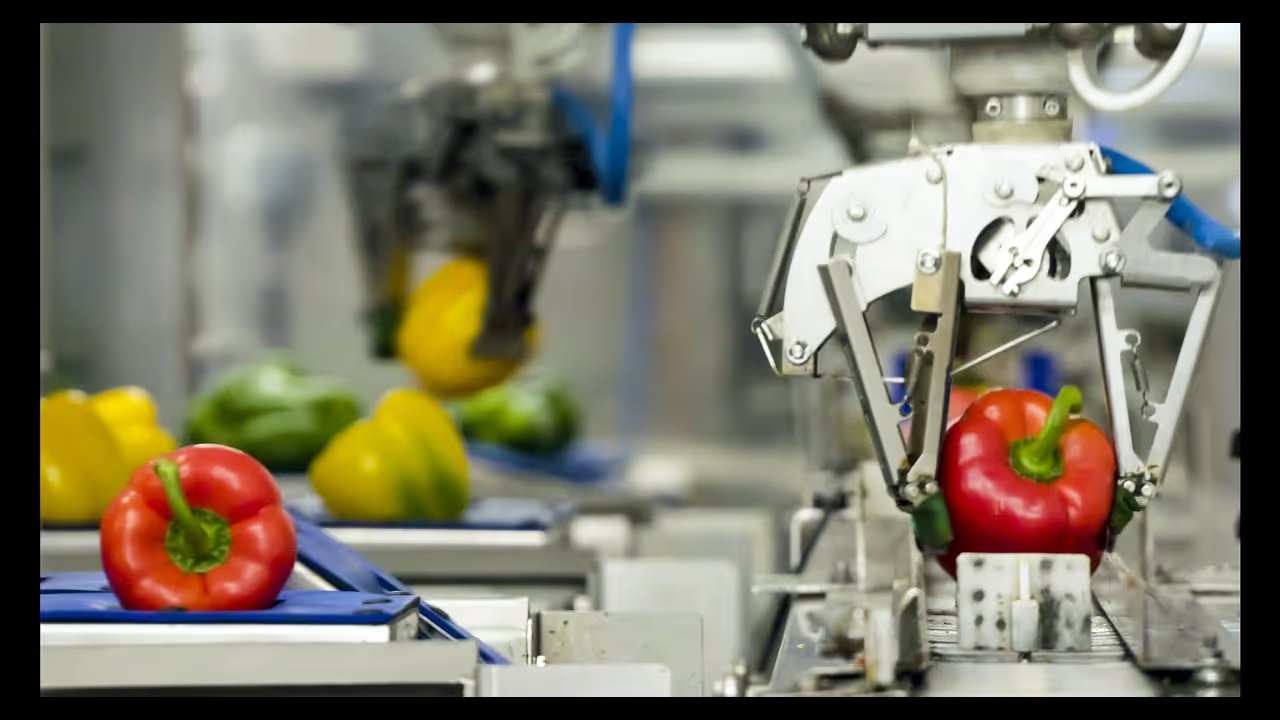


There are about 50,000 fast food brands in the United States with over 500,000 total locations. The greatest number per capita is located in Alabama. According to a Datafiniti, Alabama is home to 6.3 restaurants per 10,000 residents.
Competition is tremenous. Costs are rising faster than in the average in the economy. Labor protection laws, minimum wage laws, lawsuits, the expense of firing bad employees, low margins, all became the industry norm. More than half of costs have to do with labor expenses. But until very recently, there was no reasonable way to decrease them, because there literally wouldn’t be enough staff to cook the food.
Now, however, with development of robotics and artificial intellect there is an alternative – food preparation robots. Whereas they might have been an expensive curiosity before, today food preparation robots are becoming more and more common and accepted in daily life.
One of our clients, a manufacturer of these robots, got its start precisely in Alabama. It was only a reasonable business decision to get started with a state with the highest per capita competition among restaurants. Although this wasn’t that simple.


Because the capital expenditure of buying the food preparation robot was greater than the going pay for a chef, restaurant owners were concerned that the investment would not pay off. They also had doubts about ongoing operating and maintenance costs. The technology itself was unusual – what if something didn’t go according to plan?
We began preparing our presentation with a brainstorm where we looked for the pros of human workers and tried to tease out the most important ones. We ultimately picked four pros that became our focus:




Having shown these benefits in our animation, we also included detailed cost comparisons of human employees versus robots, electricity cost, operating and maintenance costs, avoided risk of litigation. We showed the food preparation process visually and in detail and showed the robot in action from multiple views. A dynamic presentation helped to create an effect of being present there and now, of seeing the robot in action and basically in real time.
This detailed and easy to understand presentation with real life numbers helped our client’s clients to gain a complete understanding of the product and how it will work on their kitchens. Having answered their doubts and questions, we helped our client to increase sales. Within half a year, this client used the same animation that we made to help him enter markets In other states.
